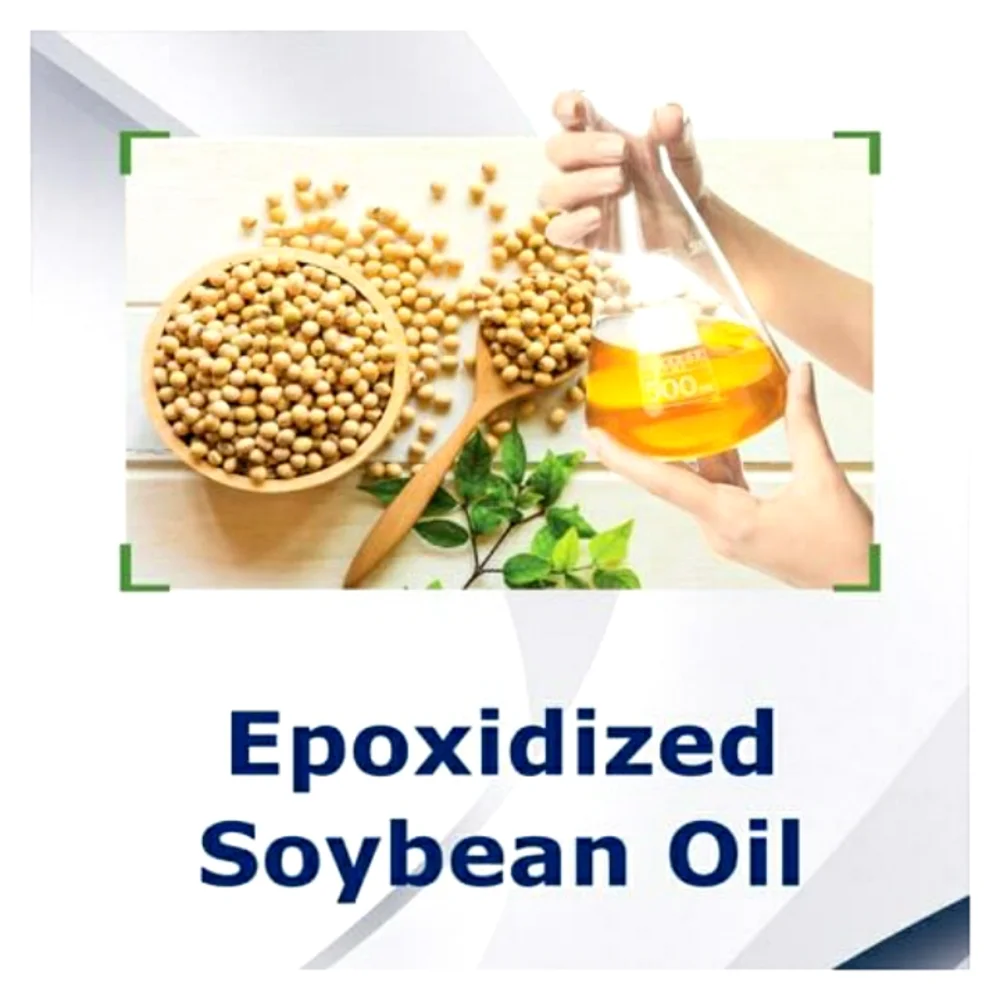Artificial leather, also known as faux leather, vinyl, or leatherette, is a fabric that mimics the appearance and texture of genuine leather. In recent years, the pursuit of improved materials and formulations has been relentless, particularly in the realm of artificial leather production. Notably, Epoxidized Soybean Oil (ESO) has risen as a pivotal ingredient in this evolution. Firstly, this article will explore the critical role ESO plays in the artificial leather manufacturing process. Secondly, the myriad benefits of ESO will be highlighted, emphasizing its superior qualities. Furthermore, a deep dive into its specific applications within the industry will be presented, showcasing the breadth of its use. Lastly, a critical examination of the environmental implications of ESO will provide a holistic understanding of its impact. In the end, a comprehensive look at ESO underscores its significance and potential in transforming the landscape of artificial leather.
1. Introduction to Epoxidized Soybean Oil (ESO)
Certainly, the transition towards sustainable alternatives in industrial applications is gaining momentum, and Epoxidized Soybean Oil (ESO) is a testament to this change. Originating from the oxidation of soybean oil, ESO serves multiple crucial roles. Primarily, it acts as a plasticizer, enhancing the flexibility and workability of materials. Additionally, its stabilizing properties are indispensable in maintaining the integrity of polymers over time. Significantly, rather than relying on nonrenewable resources, ESO, being derived from soybeans, stands as an eco-friendly substitute, challenging the dominance of traditional petroleum-based plasticizers in the market.
Epoxidized Soybean Oil is a result of the oxidation of soybean oil. It’s primarily used as a plasticizer and stabilizer in polymer formulations. As a renewable resource, it’s an eco-friendly alternative to traditional petroleum-based plasticizers. ESO has garnered interest due to its dual roles: enhancing the flexibility of polymers and improving stability against UV light and heat.

2. Traditional Components
The primary components of artificial leather are a fabric base, layered with a polymer mixture to give it a leather-like appearance. This polymer is typically PVC (Polyvinyl Chloride) or PU (Polyurethane). To provide artificial leather with characteristics like flexibility, softness, and resilience, plasticizers are added.
3. The Role of ESO in Artificial Leather
- Plasticizing Agent: ESO imparts softness and flexibility to the PVC/PU layer of artificial leather. The molecules of ESO integrate into the polymer matrix, increasing the distance between polymer chains. This reduces intermolecular forces, allowing the material to be more pliable.
- Stabilizer: ESO acts as a heat and light stabilizer. Exposure to UV light can cause degradation in the quality of artificial leather. ESO absorbs and dissipates the UV radiation, ensuring the longevity of the material.
- Eco-friendly Additive: As a bio-based plasticizer, ESO is a sustainable alternative. It reduces the carbon footprint of the production process, especially when compared to phthalate-based plasticizers.
4. Benefits of Using ESO in Artificial Leather
- Environmental Impact: As a renewable resource, soybean oil reduces dependence on fossil fuels. ESO’s use in artificial leather supports the transition to more sustainable manufacturing.
- Enhanced Durability: With improved resistance to UV rays and heat, artificial leather with ESO lasts longer and retains its appearance and feel.
- Toxicity Concerns: Phthalate-based plasticizers, traditionally used in artificial leather, have been under scrutiny for potential health risks. ESO is a safer alternative, mitigating concerns about harmful chemical leaching.
- Cost-Efficiency: Soybeans are abundant and relatively inexpensive. Using ESO can lead to cost savings in the long run, especially with fluctuating petroleum prices.
5. Challenges and Considerations
While ESO offers numerous advantages, it’s essential to balance its use with other ingredients to maintain the desired attributes of artificial leather. Over-reliance on ESO could impact the tensile strength or other mechanical properties. Manufacturers need to optimize formulations for the best results.
6. The Environmental Perspective
The shift towards bio-based plasticizers aligns with global efforts to promote sustainability. Artificial leather with ESO caters to a market that’s increasingly environmentally conscious. Consumers seeking sustainable yet stylish options can turn to ESO-based artificial leather as a viable alternative.
7. Conclusion
Epoxidized Soybean Oil has transformed the realm of artificial leather, introducing an eco-friendly, durable, and cost-effective solution to traditional manufacturing challenges. As research continues and technology evolves, it’s likely that the role of ESO in artificial leather will expand, making faux leather products more sustainable and indistinguishable from their natural counterparts.
